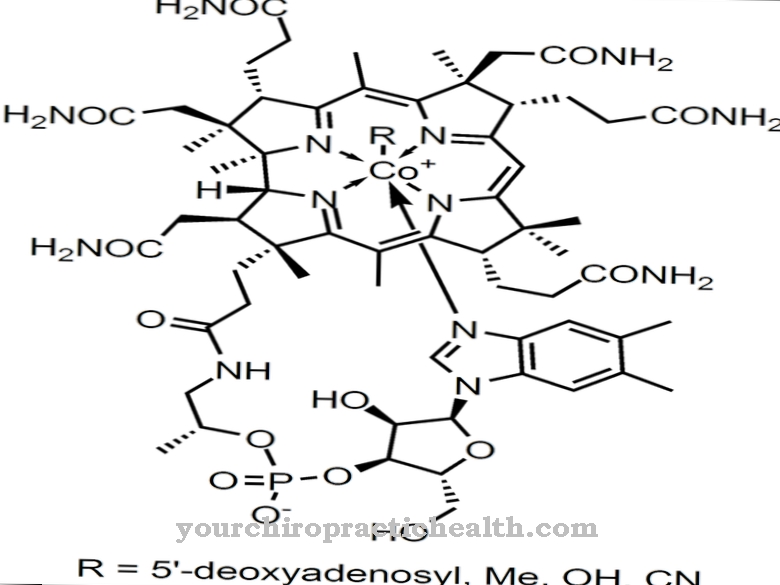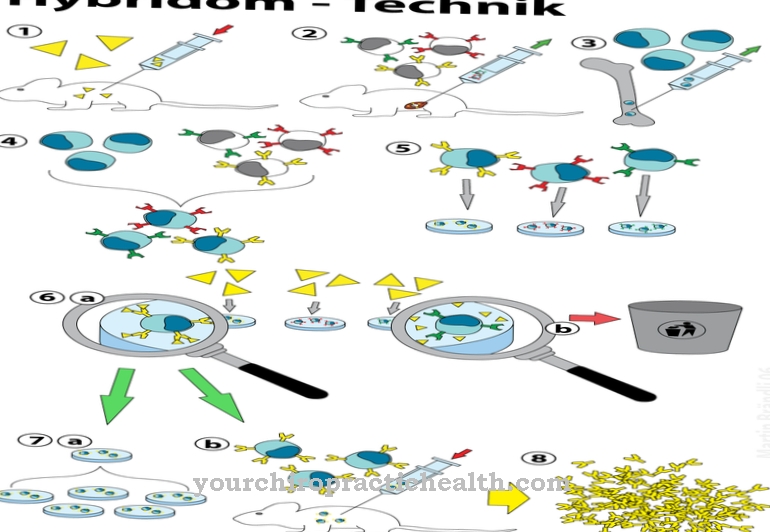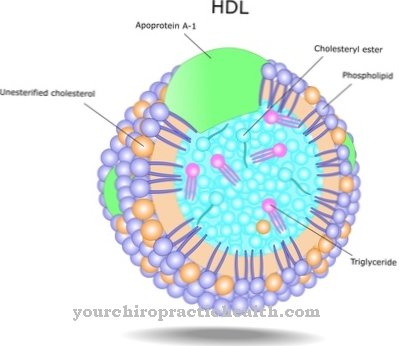The essential amino acid Isoleucine is just as important for people who are not exposed to physical stress as it is for those who have to perform at their best as high-performance and endurance athletes.
Isoleucine is found in every amino acid and therefore influences many body functions. A deficiency or excess leads to serious health disorders and in extreme cases even to death.
What is isoleucine?
Isoleucine is a branched-chain essential amino acid that belongs to the group of BCAAs (Branched Chain Amino Acids). It is typical for these proteins that they have a characteristic branching in their structural chain.
As an essential amino acid, isoleucine cannot be produced by the body itself, but must be taken in with food or as a dietary supplement. Isoleucine can have a basic or acidic reaction. It occurs in various amounts in many other amino acids and is not converted in the liver, but transported directly to the muscles. Since it promotes the build-up of muscle tissue in athletes and people who are very stressed, it is also known as a "stress amino acid". The organism breaks them down via the fatty acid metabolism. Small amounts are also excreted in the urine.
Function, effect & tasks
Together with the other two BCAAs valine and leucine, isoleucine builds muscle tissue by promoting the synthesis and storage of proteins in the muscles.
It also regenerates and maintains muscle tissue. It supplies energy in the form of glucose during vigorous physical exertion. The essential amino acid regulates the hormonal balance and blood sugar level by stimulating the release of insulin in the pancreas. It also provides the growth hormone somatotropin in sufficient quantities. Since the branched-chain protein has a strengthening effect on the immune system, it also promotes wound healing.
Together with leucine and valine, it reduces the breakdown of muscle tissue in the event of severe physical stress, operations and illnesses. Competitive athletes and the sick should therefore also consume isoleucine, valine and leucine. The same goes for people who are on a weight loss diet. In certain forms of schizophrenia, phenylketonuria and liver cirrhosis, isoleucine improves the clinical picture.
Education, occurrence, properties & optimal values
Since the body cannot produce isoleucine on its own, it should be taken with food or as a dietary supplement. It also makes sense to take in sufficient amounts every day, since increased stress, illness and a lot of physical activity lead to the breakdown of the amino acids in the body. The optimal amount of isoleucine is 1.4 g per day. The daily minimum is 0.7 grams. With intense physical exertion, the requirement increases to 5 to 10 g per day.
In order to always supply the body with a sufficient amount of isoleucine, a balanced, healthy diet with legumes, nuts and chickpeas is recommended. Salmon, beef and veal are also high in isoleucine. Wheat germ (1.32 g per 100 g) has the highest content, followed by peanuts (1.23 g) and tuna (1.21 g / 100 g). Accidental isoleucine overdose is instantly converted into amino acids and storage fat by a healthy body. However, patients with liver and kidney diseases should consult their doctor beforehand.
Diseases & Disorders
A deficiency in isoleucine can lead to muscle weakness and listlessness. If the transport of the amino acid through the cell membrane is disturbed, Hartrup syndrome develops: the cells in the gastrointestinal tract and in the kidneys can no longer absorb the vital amino acid.
The Hartrup syndrome manifests itself in symptoms such as lupus-like eczema (pellagra), increased sensitivity of the skin to light, too strong or too weak skin pigmentation, attack-like diarrhea, tremors, spasms, double vision, headaches, depressive moods, delusions, fears, etc. A high concentration of proteins can be detected in the urine of the patient. The metabolic disorder is inherited in an autosomal recessive manner and has a probability of 1 to 9 in 100,000. It affects patients of all ages.
The recommended therapy is daily administration of 40-200 mg nicotinamide and adherence to a protein-rich diet. The neurological-psychiatric symptoms are treated by the appropriate specialists. An excess of isoleucine can lead to the occurrence of hyperaminoaciduria, a metabolic disease in which there is increased excretion of amino acids in the urine.In patients with liver damage or phenylketonuria, the isoleucine level in the blood is increased up to 10 times. Maple syrup disease is a very rare metabolic disease also known as valine leucine isoleucinuria or leucinosis. Patients with this disease have a genetic enzyme defect.
The enzyme alpha-keto acid dehydrogenase is no longer able to break down the amino acids in the blood. Isoleucine, leucine and valine are excreted in the urine, which smells like maple syrup because of their decomposition products. The autosomal recessive inherited disease occurs with a probability of 1: 100,000 and shows itself in newborns with breathing disorders, vomiting, unconsciousness, epileptic seizures and - if not treated in time - leads to the death of the child. In patients with maple syrup disease, too high levels of isoleucine, valine, leucine, keto and hydroxy acids can be detected in all organs and body fluids (acidification of the organism).
For first aid, the infant is given glucose and complex sugars in an infusion solution. In addition, he does not receive any protein-rich food for two days. In extreme cases, blood washing may be indicated. In order to prevent further metabolic disorders, the patient must adhere to a low-protein diet for life.

.jpg)










.jpg)



.jpg)










.jpg)
